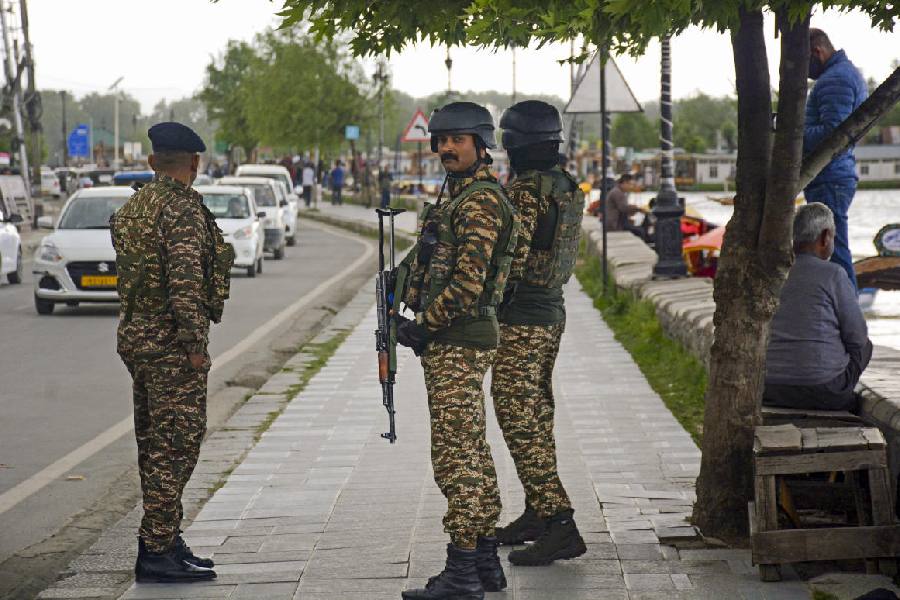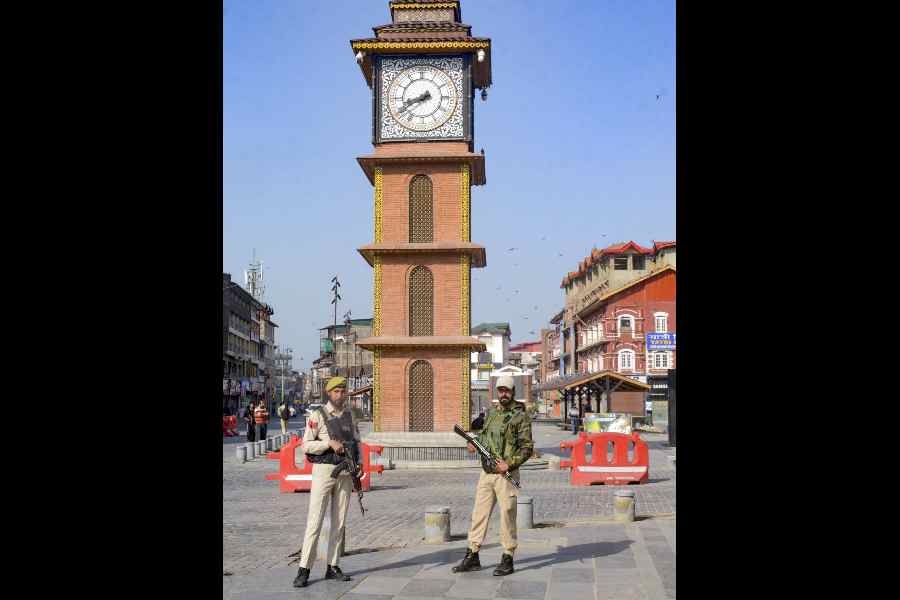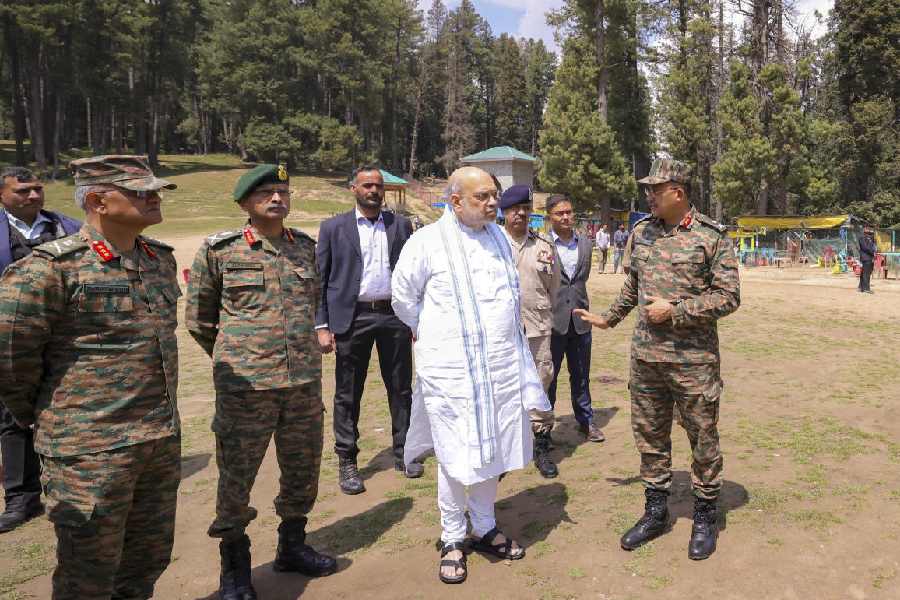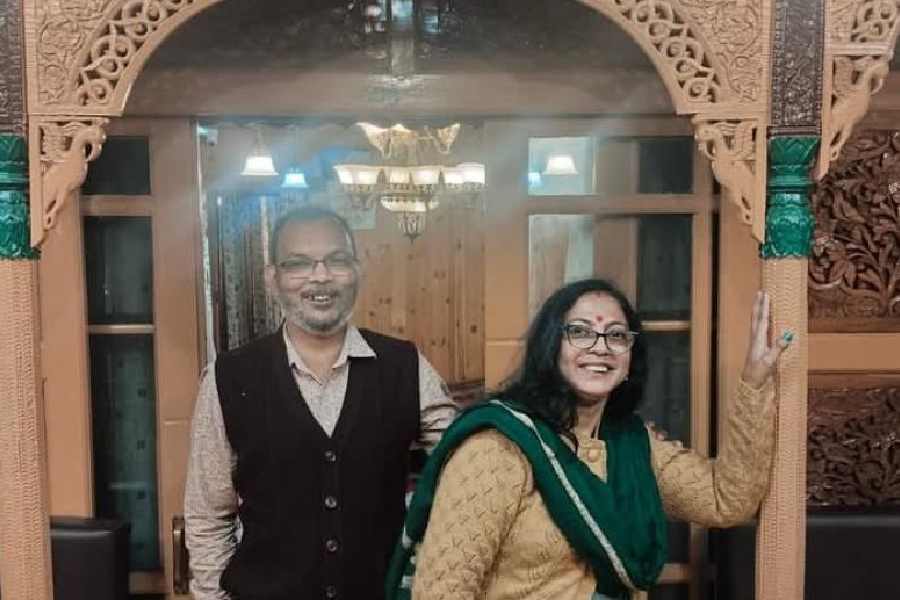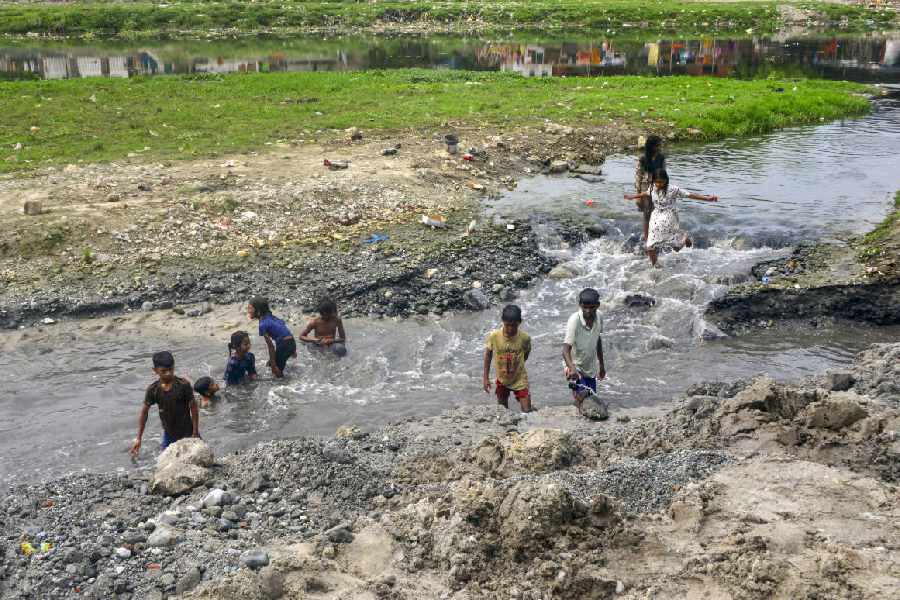The Muhammad Yunus-led interim government in Bangladesh seems to have adopted the path of public hearings to manufacture consent in favour of China being engaged for the proposed multipurpose project on the conservation and management of the Teesta.
The transboundary river originates from Sikkim and enters Bangladesh after covering about 305km in the Himalayan state and parts of north Bengal.
On Sunday, the administration of Rangpur, a district in north Bangladesh, held a public hearing on “Teesta Niye Koroniyo (What to do with the Teesta)" at Kawnia.
“The Chinese government had earlier come up with a master plan for the conservation and management of the river. We are communicating with them and they have asked for two years for it. We have agreed to give them two years and added a condition that the master plan has to be drawn up after seeking the opinion of people, who live on the banks of Teesta,” the Bangladesh media quoted Syeda Rizwana Hasan as having said at the hearing.
She is the advisor to the Bangladesh ministry of environment, forest, climate change and water resources.
The second condition is that the $1 billion project — involving dredging of the river, construction of reservoirs, a drainage system along the river and construction of embankments and satellite townships on either bank of the Teesta — should be finalised by December 2025.
As Bangladesh's long-standing demand for its legitimate share of water from the river has been stuck since 2011 because of opposition from Bengal chief minister Mamata Banerjee, Beijing entered the scene and mooted the proposal four years ago.
In an attempt to stonewall China, India came up with a similar proposal to now-deposed Bangladeshi Prime Minister Sheikh Hasina when she visited New Delhi last year. During her visit, it was decided that India would send a technical team to Dhaka for talks on the conservation and management of the river. Hasina, who visited China in July after her New Delhi trip, had said she would give preference to India as the river originates from the country.
Amid growing tension between New Delhi and Dhaka following the downfall of her government, the interim government in Bangladesh seems to be keen on Beijing executing the project, which would surely give China an advantage in this region's hydro-diplomacy.
“It is clear that the interim government is setting the stage to hand over the project to China and wants the decision to be endorsed through public hearings,” said Tuhin Subhra Mondal, a river expert based in Balurghat.
A retired army officer based in Siliguri has said the decision to involve China in a Teesta-related project will be a major security concern as the location (near Mekhliganj of Cooch Behar) where the river enters Bangladesh from India is barely 100km from the strategic Siliguri corridor.
The corridor, also known as the chicken’s neck, is the slimmest part of the Indian sub-continent that is perched between Nepal and Bangladesh and connects the entire Northeast with the rest of the country.
“These days, the interim government is taking an aggressive stand on issues related to the India-Bangladesh border, which has resulted in flaring up of tension along the frontier. It seems Dhaka wants to create more problems for us by bringing Chinese close to the Siliguri corridor," he said.
According to the Bangladeshi media, hundreds of people living in districts like Rangpur, Lalmonirhat, Gaibandha, Kurigram and Nilphamari — which are along the banks of the Teesta — attended the public hearing on Sunday and narrated their plight because of the drying up of Teesta in lean periods and floods during the monsoon months.
While addressing the gathering, Hasan said the Indian government should inform the authorities in Bangladesh a few hours before opening the dam on the Teesta during monsoon months.
“This will help us evacuate people and save lives and properties from loss in floods,” she was quoted in a news report.
The Teesta barrage — located at Gajoldoba in Jalpaiguri district and around 25km from Siliguri — is the last dam on the river from where water is released downstream. From here, the water moves through Jalpaiguri and parts of the Cooch Behar district, before entering Bangladesh.
Asif Mahmud Sajib Bhuiyan, the adviser to local government, rural development and cooperatives, and youth and sports in the interim government, said Dhaka also wanted to use diplomatic channels to exert pressure on India to release water from the barrage in lean months.


